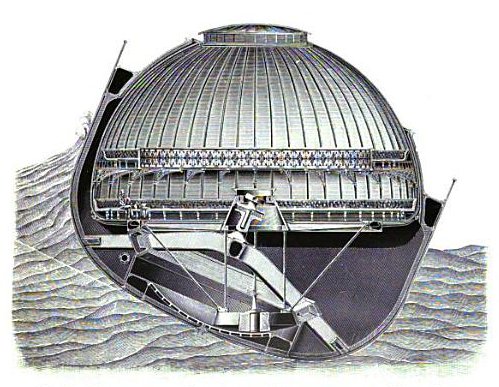
naupathia
n. seasickness
After an unusually queasy Channel crossing in 1868, Henry Bessemer conceived a steamer whose cabin was mounted on gimbals. In heavy seas the hull could roll beneath the passengers without rippling their cognac.
Work began immediately; in 1872 constructor E.J. Reed promised, “Although she may not fulfil every random prophecy that has been printed respecting her, she will thoroughly fulfil the object which the travelling public desire — namely, that of enabling us to cross to and from the Continent with health, decency, and comfort.”
The 350-foot S.S. Bessemer undertook her first public voyage on May 8, 1875 — and inauspiciously crashed into the pier. She moved too slowly and would not answer the helm. Investors lost confidence and the ship was eventually sold for scrap, but Bessemer insisted to the last that his conception had not been fully realized: “My hydraulic controlling apparatus was never completed, was never tested at sea, and consequently never failed.”
